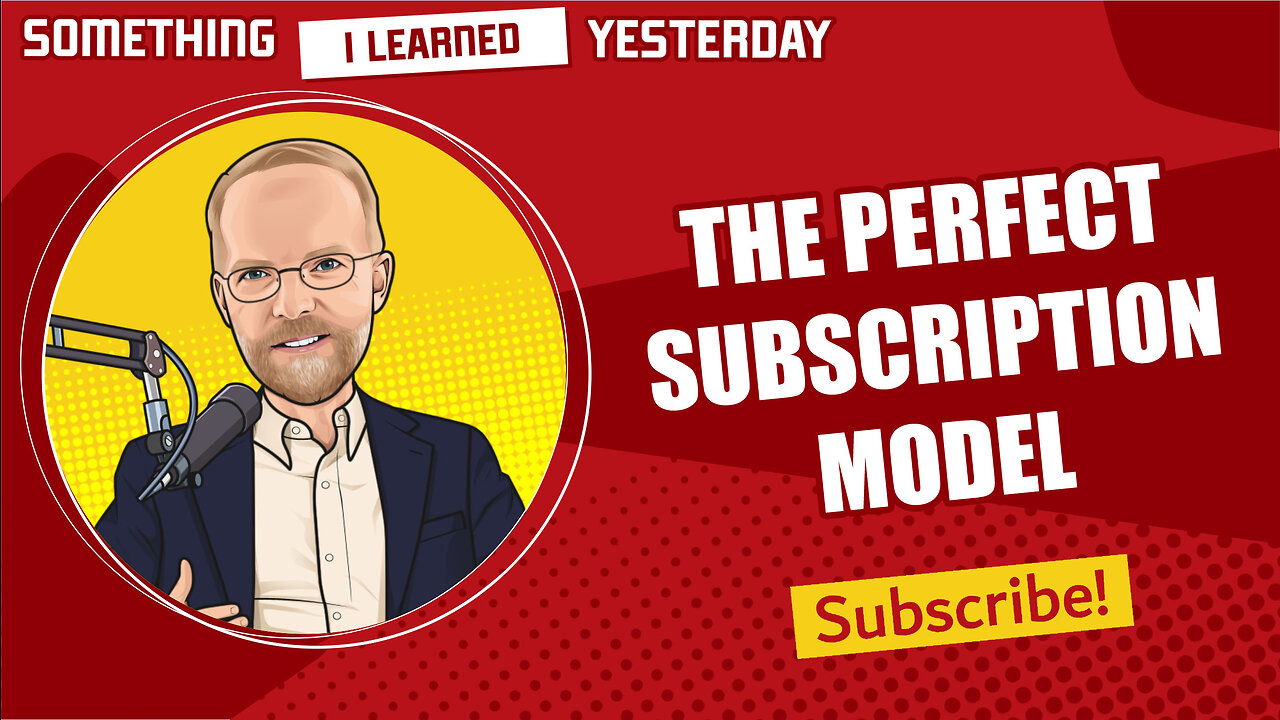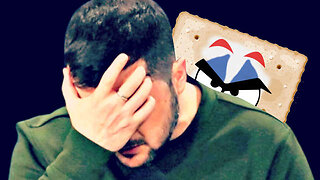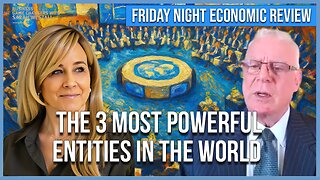Premium Only Content

Is there a "perfect" subscription model?
Give up on creating a perfect subscription model, but focus on continual improvement
Bo Sacks distributed an article by Peter Houston titled “Is there such a thing as a perfect subscription model.” One of the things I learned in geology is that very few things are always or never, so when you see those words, a red flag should go up.
The same is true in publishing and marketing – and, in most things. Also, I’m a big advocate of the 80-20 rule, and one of my mantras is that “perfect is the enemy of done.”
Having said all that, Peter gives some advice on the factors that an effective subscription strategy should consider.
The first is audience. “Not every reader is the same,” Peter says, which is certainly true. But it seems that we have to flip back and forth between regarding an audience as a homogenous unit and thinking of it as a collection of unique individuals.
On the “homogenous unit” side of the ledger would be things like …
* Main magazine content. You have to have a focus, and you have to tell advertisers what group you’re trying to reach.
* Seasonal themes. Your Fall issue can’t worry about the fact that 2 percent of your readers are in the southern hemisphere where it’s Spring.
The “unique individuals” side would include things like …
* Specialty products. If you have a powerboat magazine, you have to remember that not everybody has the same kind of power boat. They vary in a hundred ways, and there are different concerns for each niche.
* Also, as Peter points out in his article, if you have a city magazine, some of your readers will be residents and some will be visitors.
The trick is to know when to apply the right rule. When do you treat your audience as a homogenous unit, and when do you recognize different segments? There can’t be a general rule that applies to all publications, but I think the smart approach is to make sure you don’t let one or the other get out of balance.
Next comes value, and he’s focusing on the value that comes from being unique. For example, lots of people have financial advice, but you have an exclusive deal with Warren Buffet.
Peter suggests this rule: “the more common the content published, the harder it is to sell straight subscriptions.”
That seems to play out every day in the newspaper market – which I believe is over-saturated. If your paper has essentially the same story as 99 other papers, why should someone subscribe to yours?
Distribution is the next factor. Peter talks about print vs. digital, but each of those can be subdivided, and we can add audio, video, etc. You might find a way to add value by distributing your content in a way that appeals to a niche audience.
For example, my daughter the Captain once said that truck drivers should be the most educated people on the planet, because they can spend the day listening to books on tape, lectures, podcasts, etc. I don’t know how many truck drivers want to do that, but it illustrates the power of distribution.
Peter’s final factor is competition, and he gives the example of finding a lower-priced niche where someone else has taken the high end of the market.
It’s a good list, but I didn’t feel quite satisfied, so I asked ChatGPT to come up with some other factors, and it suggested quite a few more, including …
* Pricing strategy, which Peter address under competition, but there’s more to it.
* Marketing and promotion.
* Subscriber engagement.
* Customer support.
* Technology infrastructure, and so on.
It’s actually a long list, and you should try it yourself.
The larger point that Peter is making plays off Heraclitus, who famously said “you can never step into the same river twice” – because the river is constantly changing.
I don’t think Heraclitus would be a huge fan of that popular definition of insanity about doing the same thing and expecting different results. Obviously there’s some sense to the saying, but we also have to recognize that you can’t ever do the same thing. The world has changed between your attempts. That’s why an A/B test has to run both panels at the same time.
The point is that things are in flux, and you have to think of managing your subscription business as if you had a hundred dials in front of you, because you might need to adjust them to changing circumstances.
The hard part is having enough data to know how to adjust those dials.
Resources
=======
Is there such a thing as a perfect subscription model?
https://internationalmagazinecentre.com/housty-is-there-such-a-thing-as-the-perfect-subscriptions-model/
-
 2:16:43
2:16:43
TheSaltyCracker
7 hours agoIt's Over Zelensky ReeEEStream 11-21-25
88.4K136 -
 4:50:37
4:50:37
Drew Hernandez
1 day agoMIKE HUCKABEE EXPOSED FOR OFF RECORD MEETING WITH CONVICTED ISRAELI SPY?
54.8K23 -
 4:07:43
4:07:43
SynthTrax & DJ Cheezus Livestreams
18 hours agoFriday Night Synthwave 80s 90s Electronica and more DJ MIX Livestream SYNTHWAVE / ANIME NIGHT
39.2K1 -
 14:25
14:25
Tactical Advisor
16 hours agoReal Life John Wick Suit | Grayman & Company
25K2 -
 LIVE
LIVE
I_Came_With_Fire_Podcast
15 hours agoAlien Enemies Act | Dismantling the Department of Education | Valhalla VFT & America First
272 watching -
 19:53
19:53
MetatronHistory
6 hours agoRome VS Greece - Ultimate Clash of Civilizations Explained
14.3K4 -
 33:09
33:09
Exploring With Nug
8 hours ago $6.05 earnedThey Weren’t Ready for Nightfall on Blood Mountain… So I Helped Them Down
32.9K1 -
 1:16:42
1:16:42
Sarah Westall
7 hours agoBoardroom and Government Infiltration: The Silent Erosion of American Power w/ Mike Harris
24K5 -
 4:17:52
4:17:52
JahBlessCreates
5 hours ago🎉WE BACK!! MUSIC | VIBES | GAMES
5.09K1 -
![R.E.D FRIDAY!! TIME FOR WAR! [RGMT CONTENT Mgr. | RGMT GL | GZW CL]](https://1a-1791.com/video/fwe2/cb/s8/1/c/f/6/B/cf6Bz.0kob-small-R.E.D-FRIDAY-TIME-FOR-WAR-R.jpg) 2:20:15
2:20:15
XDDX_HiTower
5 hours ago $0.14 earnedR.E.D FRIDAY!! TIME FOR WAR! [RGMT CONTENT Mgr. | RGMT GL | GZW CL]
3.3K